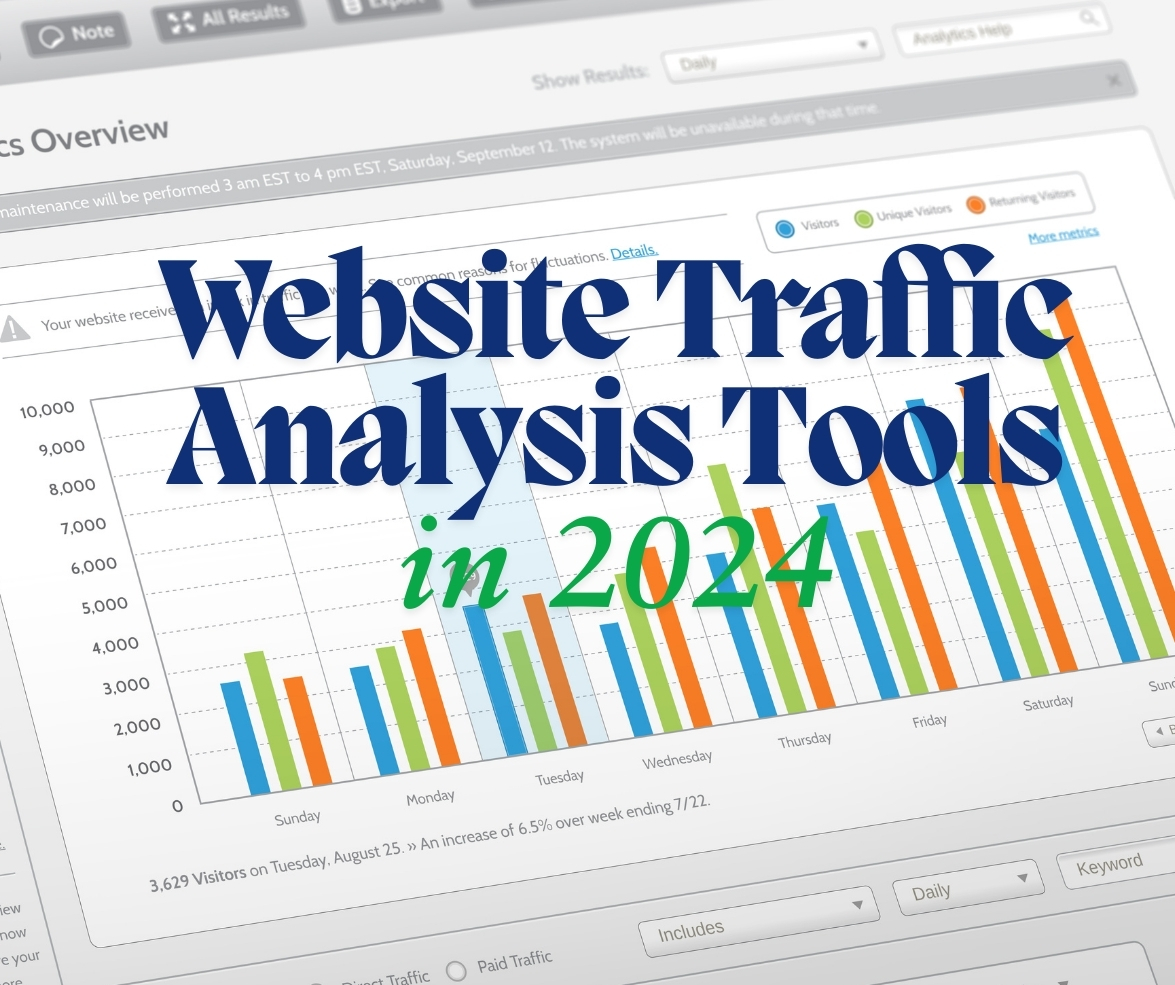
Website traffic analysis is crucial for understanding your online presence and making data-driven decisions. This guide explores the 15 most effective Website Traffic Analysis Tools available today, helping you choose the right solution for your needs.
The Essential Tools for Web Analytics
1. Google Analytics 4 (GA4) – The Industry Standard
Google Analytics 4 has revolutionized how we track website performance. As the successor to Universal Analytics, GA4 brings machine learning-powered insights and cross-platform tracking to the table. Best of all, it’s free for most users.
Why you’ll love it:
- Real-time user tracking and behavior analysis
- Powerful machine learning insights
- Seamless integration with Google’s marketing tools
- Cross-platform tracking capabilities
- Advanced e-commerce features
2. Matomo – The Privacy-Focused Alternative
For organizations prioritizing data ownership and privacy, Matomo (formerly Piwik) offers a compelling alternative to GA4. Its self-hosted option gives you complete control over your analytics data.
Standout features:
- Self-hosting option for complete data control
- GDPR compliance out of the box
- Raw data access without sampling
- Starting at $29/month for cloud hosting
3. Hotjar – The Visual Insights Leader
Hotjar transforms raw data into visual insights, helping you understand exactly how users interact with your website.
Visual analytics tools:
- Detailed heatmaps
- Session recordings
- User feedback collection
- Form analytics
- Conversion funnel visualization
4. SEMrush – The SEO Powerhouse
While primarily known for SEO, SEMrush offers robust traffic analysis tools that help you understand not just your traffic, but your entire market position.
Marketing insights:
- Comprehensive keyword tracking
- Competitive analysis tools
- Traffic source breakdown
- Position tracking
- Starting at $119.95/month
5. Mixpanel – The Product Analytics Specialist
Mixpanel excels in product analytics, helping you understand how users interact with your digital product.
Key capabilities:
- Detailed event tracking
- User flow visualization
- A/B testing tools
- Real-time analytics
- Free plan available for basic needs
6. Adobe Analytics – The Enterprise Solution
For large organizations needing advanced analytics capabilities, Adobe Analytics offers enterprise-grade features and insights.
Enterprise features:
- Advanced segmentation
- Predictive analytics
- Custom metrics and variables
- Adobe Experience Cloud integration
7. Similarweb – The Market Intelligence Tool
Similarweb helps you understand not just your own traffic, but your entire competitive landscape.
Competitive insights:
- Market research tools
- Industry analysis
- Traffic source analysis
- Audience insights
- Free basic features available
8. Plausible Analytics – The Simple Solution
When you need straightforward, privacy-focused analytics without the complexity, Plausible delivers.
Simplicity features:
- Lightweight script (<1KB)
- GDPR compliant
- Cookie-free tracking
- Starting at $9/month
9. Mouseflow – The UX Analysis Expert
Mouseflow helps you understand the user experience through detailed interaction tracking.
UX analysis tools:
- Session replay capabilities
- Detailed heatmaps
- Form analytics
- User feedback tools
- Starting at $24/month
10. Amplitude – The Product Growth Platform
For data-driven product decisions, Amplitude provides deep insights into user behavior.
Product analytics features:
- Behavioral analytics
- User journey mapping
- Cohort analysis
- Predictive analytics
- Free plan available
11. Fathom Analytics – The Privacy Pioneer
Fathom offers simple, privacy-focused analytics without compromising on insights.
Privacy features:
- GDPR, CCPA, and PECR compliant
- No cookie banners needed
- Simple, clean dashboard
- Starting at $14/month
12. Heap – The Automatic Event Tracker
Heap’s automatic event tracking ensures you never miss an important user interaction.
Automation features:
- Automatic interaction capture
- Retroactive analytics
- Session replay
- Free plan available
13. Clicky – The Real-Time Analytics Tool
For immediate insights into your website’s performance, Clicky provides real-time data.
Real-time features:
- Individual visitor tracking
- Heat maps
- On-site analytics
- Starting at $9.99/month
14. Woopra – The Customer Journey Analyzer
Woopra helps you understand the complete customer journey across all touchpoints.
Journey analysis features:
- Real-time customer tracking
- Journey mapping
- CRM integration
- Starting at $349/month
15. Chartbeat – The Content Analytics Expert
For content-heavy websites, Chartbeat provides specialized insights into content performance.
Content features:
- Real-time audience insights
- Content performance metrics
- Editorial tools
- Enterprise pricing
How to Choose the Right Tool
Consider these key factors when selecting your analytics tool:
- Budget Considerations
- Free tools like GA4 offer robust features
- Premium tools provide specialized capabilities
- Consider long-term value vs. cost
- Ease of Use
- Simple tools like Plausible for basic needs
- More complex tools like Adobe Analytics for advanced users
- Consider your team’s technical expertise
- Privacy Requirements
- GDPR compliance needs
- Data ownership preferences
- Cookie consent requirements
- Integration Needs
- Compatibility with existing tools
- API availability
- Data export capabilities
Implementation Best Practices
To get the most from your chosen tool:
- Start with clear goals
- Implement proper tracking codes
- Validate data regularly
- Train your team thoroughly
- Set up automated reporting
- Review and adjust periodically
Final Thoughts
The right analytics tool depends on your specific needs, budget, and technical capabilities. While GA4 remains the popular choice for many, alternatives like Matomo and Plausible offer compelling features for specific use cases. Consider starting with a free tool and upgrading as your needs grow.
Remember: The best analytics tool is the one that provides the insights you need to make better business decisions.
